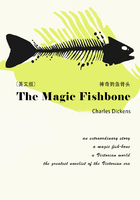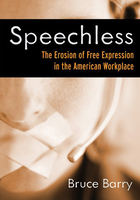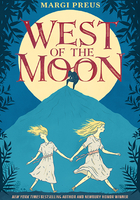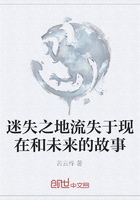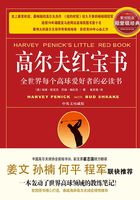In our work with leaders and managers from many industries, no issue recurs with greater pain and frequency than that of worker underperformance. Every leader knows that a fully engaged employee can make an extraordinary impact on the success of the enterprise. Engaged workers show up with a committed attitude; they bring their whole selves-all their experience, talent, imagination, brains, and heart-with them to work.
The pain lies in the fact that engaged employees are the exception. The majority of workers in every business are disengaged or worse.
If you lead or manage people, you suffer from this pain. A few of your followers give it their all. Most of your workers, by contrast, are disengaged. They do the necessary minimum. They show up on time, do just what is expected, and leave on time. Far from bringing their whole selves to work, they bring what they must, and no more.
Here's what every observant leader knows: worker inattention and apathy in our enterprises result in losses of momentum and opportunity that arguably represent our number one cost of doing business.
The pain we hear about in our work with leaders and managers is the pain of what might have been-of what could be-if only more employees decided to really show up!
Significant and recent breakthroughs in management thinking have advanced our understanding of worker "engagement" and its impact on innovation, competitiveness, and profitability. When it comes to organizational results, workers who only satisfactorily comply with performance expectations bear no resemblance whatsoever to workers who actively engage themselves in the purposes and goals of their enterprise.
Research by the Gallup Organization, for example, shows that only 29 percent of workers are engaged at work (that is, they display passion for and feel connected to your company and share their ideas with you for moving the company forward). By contrast, 71 percent of workers are disengaged (they essentially sleepwalk through the day, meeting only your baseline expectations, or in the worst cases they're actively working to undermine your company's performance). Do the math: 29 percent are engaged, but you pay them all!
On the other hand, the research shows that work groups that display high levels of employee engagement produce a 44 percent higher-than-average employee retention rate, a 56 percent higher-than-average level of customer loyalty, a 50 percent higher-than-average safety record, a 50 percent higher-than-average rate of productivity, and 33 percent higher-than-average profitability.
The facts are these: worker disengagement (and worse) is omnipresent. What causes worker disengagement and what would cure it are well researched and diagnosed, but little has been done to date to translate the new findings of this research into everyday leadership and management practices.
In short, a practical guide that could be used every day for transforming a workforce into a fully engaged "achievement force" is still largely missing from the toolboxes of most leaders and managers. What is not missing is the recognition by hundreds of thousands of company, divisional, and work group leaders that the problem of worker disengagement is vast and that it costs us big time on our bottom line.
The pressures of the expanding global marketplace will only take this challenge to a new level of urgency. A fully engaged workforce fuels competitive advantage and sustainability. A future of innovation, upon which a national economy must increasingly rely, likewise requires fully engaged workers. The worker-engagement challenges that leaders and managers must face will only sharpen and intensify in years to come.
Beyond this organizational need for worker engagement is the broader societal problem that it mirrors: wasted and thrown-away human potential. Untapped human energy, passion, ideas, and talents within society represent an incalculably great and largely hidden cost to every human community. "Engagement," fully understood, is a need that touches each of us in every sphere of our lives.
We suggest you read this short story without pen and paper the first time. Take it in-its characters, story line, discoveries, and conclusions. A few charts scattered throughout will introduce the model we use for worker engagement-the Engagement Equation, as we call it-that underpins the story, but these charts will be reviewed again in full at the end, so there's no harm skimming past them. Online, a free-to-use, complete Engagement Planning Workbook will take you from this story into your own real work as a leader of others.
We also invite you to take in the aspects of this story that are more personal. Without giving away secrets from the story line, this book about engagement touches upon business-related and deeper matters in our lives as authors-matters that we care about deeply. At the most significant level, the story we bring you is true. The characters and what they experience in these pages are well known to us. While names, places, and details are fictional, we know the people in this book. It is more than likely that you know them, too.
The people who work for you, whether few or many, are capable of doing much more to advance your enterprise, for your own-as well as their own-great gain. As a matter of fact, most of them would like to do more than they're doing, contribute more powerfully, and make a greater difference. No kidding! For the most part, human beings carry around an unspoken yearning to get to the end of their workday-not to mention their work life-feeling that it was actually worth it.
You can make this happen! As a leader, you can make the difference that allows the folks whose paychecks you sign to make their difference. Not only can you make this happen, but as the leader, you're the one-yes, this too is verified by research-who decides whether or not it does happen. Leadership makes the difference!
May this story and the work tools that come along with it encourage and equip you to start today.
JOHN STAHL-WERT
KEN JENNINGS
Pittsburgh, Pennsylvania
April 2007

